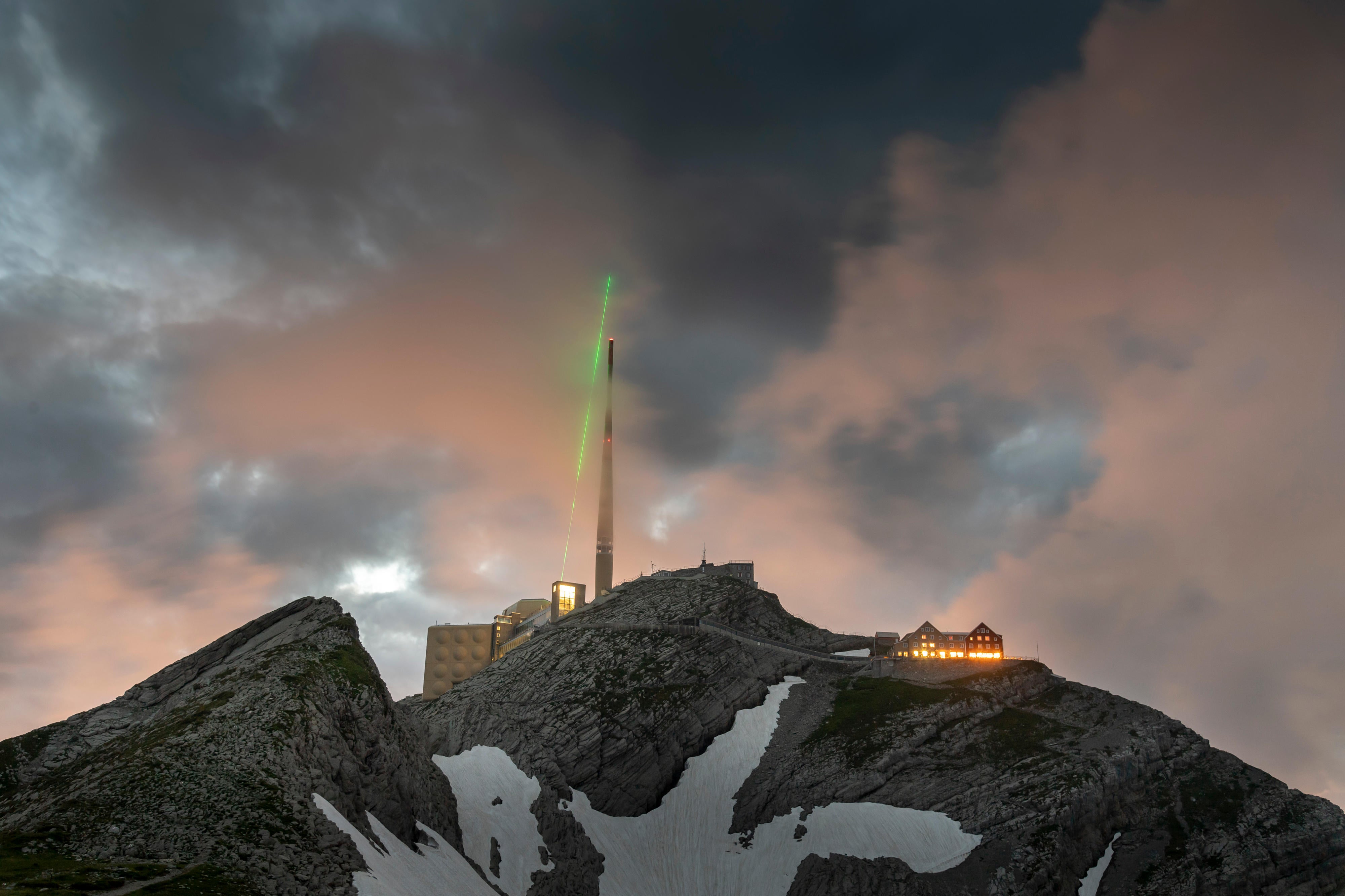Scientists use laser beam to guide lightning strike in a first
Laser increased radius of the protection surface from 120m (390ft) to 180m (590ft)

Your support helps us to tell the story
From reproductive rights to climate change to Big Tech, The Independent is on the ground when the story is developing. Whether it's investigating the financials of Elon Musk's pro-Trump PAC or producing our latest documentary, 'The A Word', which shines a light on the American women fighting for reproductive rights, we know how important it is to parse out the facts from the messaging.
At such a critical moment in US history, we need reporters on the ground. Your donation allows us to keep sending journalists to speak to both sides of the story.
The Independent is trusted by Americans across the entire political spectrum. And unlike many other quality news outlets, we choose not to lock Americans out of our reporting and analysis with paywalls. We believe quality journalism should be available to everyone, paid for by those who can afford it.
Your support makes all the difference.Scientists have demonstrated in a first that a powerful laser beam directed at the sky can create a “virtual lightning rod” that can divert the path of lightning strikes.
The research, published on Monday in the journal Nature Photonics, may lead to improved lightning protection methods for critical infrastructure like power stations, airports, and launchpads.
Until now, the most commonly used lightning protection device is the Franklin rod, which is an electrically conducting metal pole on top of buildings and other infrastructure that intercepts lightning discharges and guides them safely to the ground, scientists, including those from Ecole Polytechnique in France, explained.
In the new study, they showed that a powerful laser beam directed at the sky could act as a virtual, movable rod and offer an alternative.
While earlier lab experiments have shown that intense laser pulses can guide lightning strikes, researchers say no field studies have previously experimentally demonstrated guiding lightning using such powerful light beams.
To test this, scientists, including Aurélien Houard from Ecole Polytechnique conducted experiments during the summer of 2021 on the Säntis Mountain in northeastern Switzerland.
They installed a laser device called the Laser Lightning Rod (LLR) – the size of a large car – that could fires up to a thousand pulses per second near a telecommunications tower which is struck by lightning about 100 times a year.
The device, according to the scientists, generates channels of ionised air with charged particles that can be used to guide lightning along its beam.
By extending upwards from a traditional lightning rod, they say the LLR device could increase its height virtually and the surface of the area it is protecting.
“When very high power laser pulses are emitted into the atmosphere, filaments of very intense light form inside the beam,” study co-author Jean-Pierre Wolf said in a statement.
“These filaments ionize the nitrogen and oxygen molecules in the air, which then release electrons that are free to move. This ionized air, called ‘plasma,’ becomes an electrical conductor,” Dr Wolf explained.
Scientists then compared the data collected when the laser filament was produced above the tower as well as when the tower was struck naturally by lightning.
They observed that the laser could divert the course of four upward lightning discharges in over 6 hours of operation during thunderstorm.
The findings were also corroborated using electromagnetic waves generated by the lightning to locate the strikes.
Researchers could also record one of the strikes using high-speed cameras which revealed the strike followed the laser path for over 50m.
“From the first lightning event using the laser, we found that the discharge could follow the beam for nearly 60m before reaching the tower, meaning that it increased the radius of the protection surface from 120m (390ft) to 180m (590ft),” Dr Wolf explained.
Based on the results, scientists say the findings extend the current understanding of laser physics in the atmosphere.
They say the results of the study may aid in the further development of novel lightning protection strategies.
Join our commenting forum
Join thought-provoking conversations, follow other Independent readers and see their replies
Comments